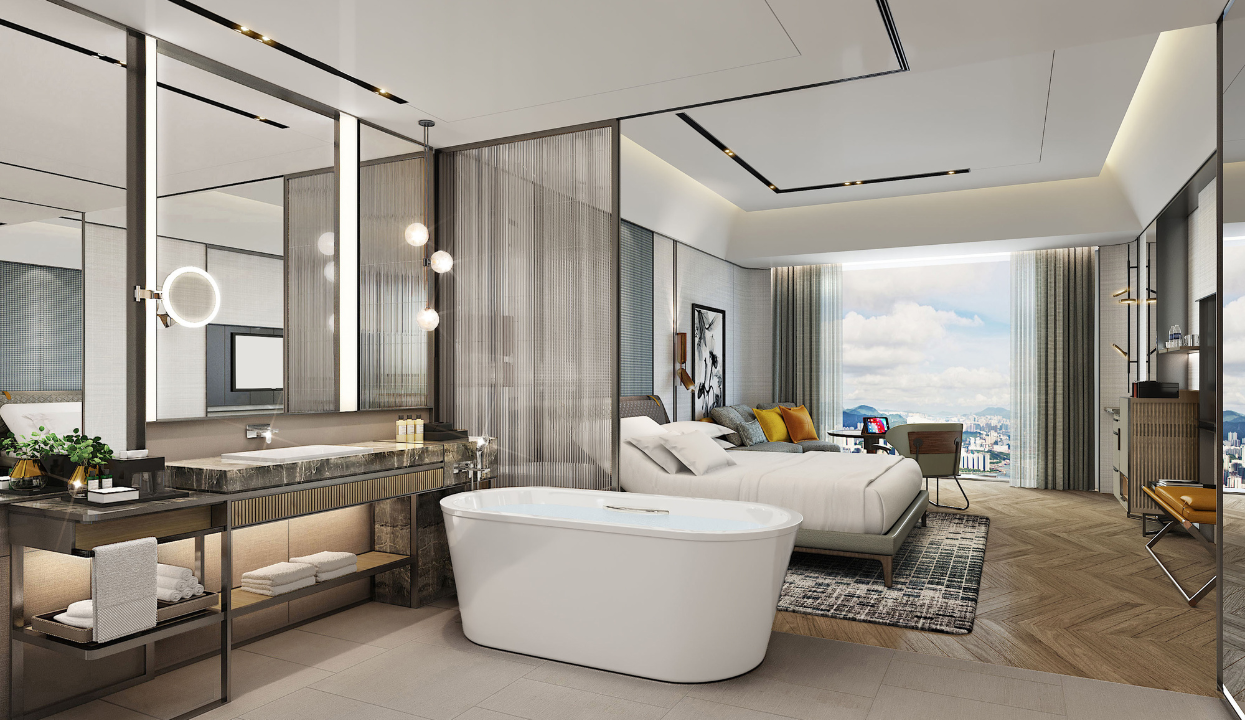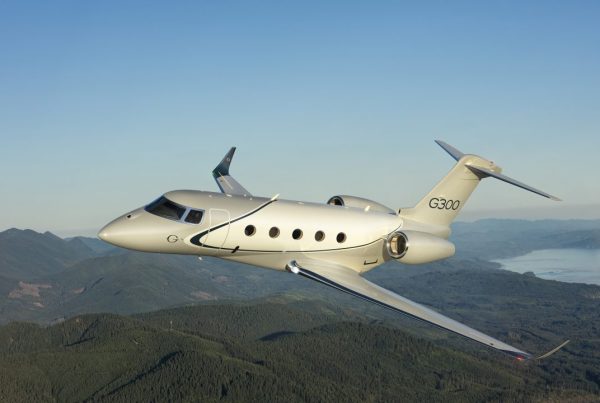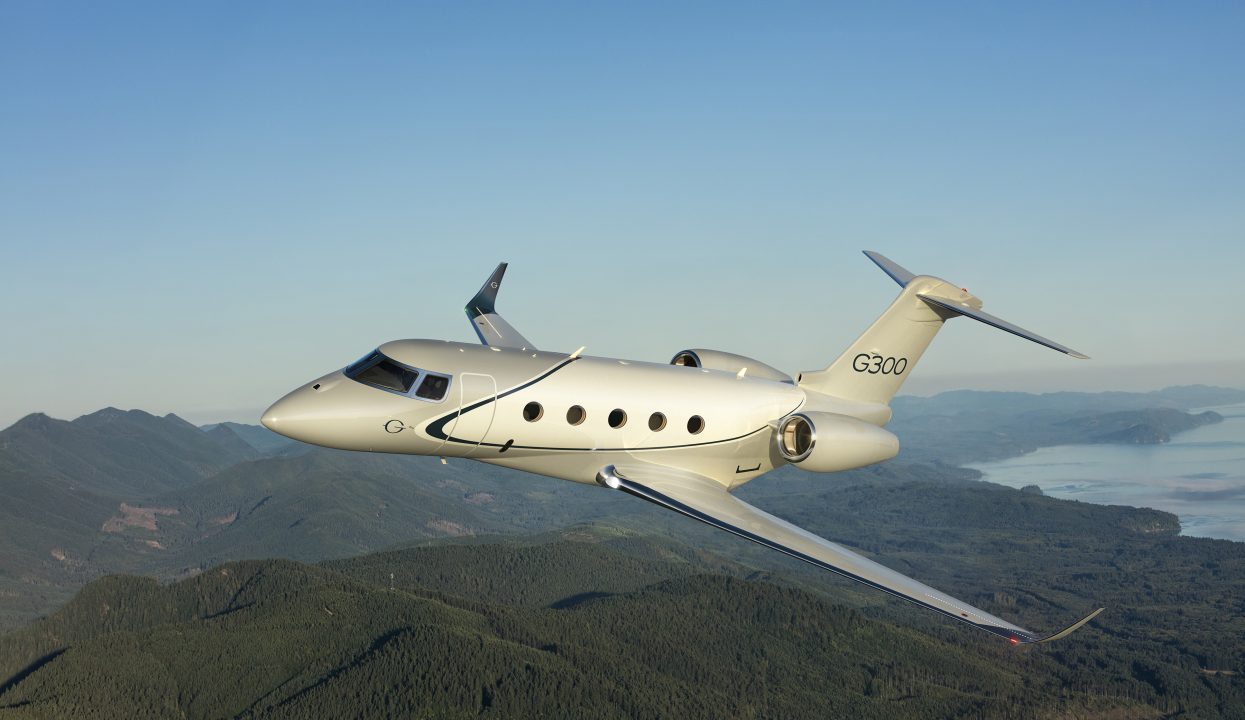
Soar With FalconEye
Since the Falcon 8X business jet was announced at the European Business Aviation Convention & Exhibition back in May 2014, it has garnered a growing interest not just from potential users and customers, but also from potential investors as well. Two years on from the announcement in Belgium, Dassault inevitably delivered the first Falcon 8X on 5 October 2016 to Greek business aviation operator, Amjet Executive.
The 8X has since been praised and lauded for its short-field capabilities, especially in the long-range class. It’s ability to get into short, tricky runways or steep approaches like London City Airport have also positioned it as a highly functionable aircraft that can tackle the toughest circumstances. Now, with the promising inclusion of Dassault Aviation’s ‘FalconEye’ into the Falcon 8X’s systems, the product in itself has moved up even further in the pecking order of private business jets. But what is this ‘FalconEye’?
FalconEye, or more formally known as Dassault Aviation’s Combined Vision System, is the first heads up display system to blend synthetic, database-driven terrain mapping and actual thermal and low-light camera images into a single view. This newly developed system by Dassault basically provides an unprecedented level of situational awareness to flight crews in all conditions of operation, be it day and/or night. FalconEye has already been certified by the European Aviation Safety Agency and the Federal Aviation Agency for use on the Falcon 2000S and LXS twinjet aircraft. As such, it is only natural that FalconEye will also be certified soon on the new Falcon 8X business jet.
The system is equipped with a fourth-generation multi sensor camera that generates very high definition images close to those on a military FLIR. In synthetic vision system (SVS) mode, the camera displays a 30 x 40 degree field of view, one of the widest angles on any HUD, ensuring full coverage of the viewing area with no tunnel vision effects. And the system’s modular architecture will make it easy to add on future capabilities, like enhanced vision system (EVS) landings. “FalconEye’s SVS function will provide a level of vision quality comparable to that of the most sophisticated fighter HUDs, leading to a substantial improvement in situational awareness and flight safety,” said Philippe Rebourg, the Dassault Aviation test pilot, who led the certification flight campaign. “The EVS function will eventually provide operational credits for bad weather approaches with 100 ft minimums, providing operators with a substantial operational benefit as well.”
Introduced in 2015, FalconEye completed an exhaustive two-year development, flight test and simulator campaign in April of this year to demonstrate combined SVS/EVS capability in all types of operating service, including fog, mist, snow and other severe weather conditions. On the 8X, FalconEye will eventually be qualified not only for use on a single Head Up Display but also in dual HUD configuration. By providing the same information and views heads-up to both the flying and non-flying pilot, the Dual HUD system will improve crew coordination and facilitate pilot training, too. The Falcon 8X Dual HUD approval is anticipated in 2018 and already, more than 90 per cent of Falcon 8X customers have selected FalconEye, which will also be available as an option on both the 8X and the 2000S/LXS. This new HUD system due for the Falcon 8X business jet will undoubtedly add to the host of the aircraft’s already outstanding features.
Thanks to its three engines, which shorten transoceanic routes, the Falcon 8X flies you wherever you are going faster. They also contribute to the 8X’s slow and stable approach speed — a mere 107 knots (198 km/h). And its three-engine performance margins allow takeoffs from shorter runways, which as stated earlier on, becomes very useful at locations like London City Airport. Besides this, the 8X can also land at 85 per cent of its maximum takeoff weight. This implies that one can choose to fuel up at home base and make a short hop before flying a longer leg of 4,650 nm (8,612 km) without refueling. It’s a capability that undoubtedly saves money on home-based fuel and also boost your mission/trip’s flexibility.
These features all come together in a remarkably stylish and opulent interior cabin — the longest in the Falcon family — that provides more comfort and a stunning choice of more than 30 distinct layouts. This is added to the fact that the 8X’s cabin is the most quiet cabin in its class.
Thanks to overall design enhancements, the 8X is every bit as fuel efficient as the smaller Falcon 7X. The Falcon 8X continues Falcon traditions of efficiency, performance, flexibility and comfort, while saving millions in total life cycle costs versus any rival. The Falcon 8X becomes an affordable aircraft to manage that maximises one’s resources with direct operating costs sitting at 35 per cent lower than those of competing jets. And thanks to its optimized airliner-type MSG-3 maintenance program, time between 8X major inspections is 800 hours or 12 months, giving you greater use of your airborne asset.
This new Dassault Falcon flagship is already destined to perform remarkable well just as the French aviation giants claim. Since it is already an aircraft that can fly you farther, in greater comfort, and with even more efficiency, the inevitable application of the new FalconEye system will only give its owners a more efficient and functional use where you want, as you like. Once again, proving how Dassault Falcon are indeed truly committed to stretching the boundaries of what a business jet can do for, helping a growing number of Falcon owners to accomplish more.
Images: Dassault Falcon



























